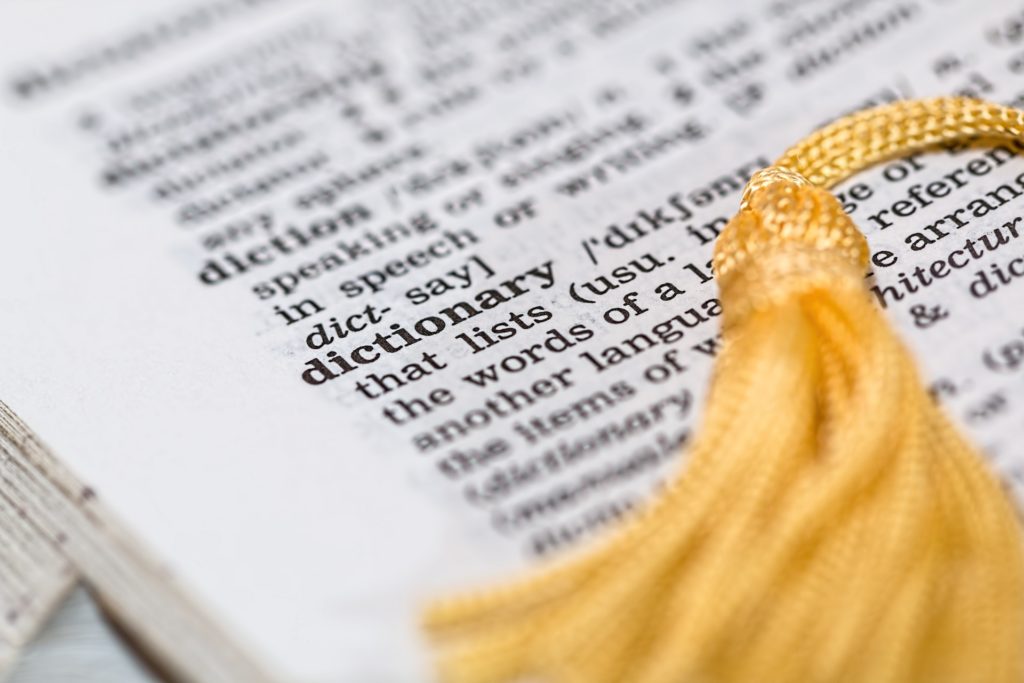
Table of Contents
Introduction
Google is a tool that can be used for all sorts of things, from finding information to solving math problems. But Google isn’t an easy tool to learn something from it, and it can take years to master. For example, did you know that there are multiple ways to search for something on Google?
In this article, we’ll walk through some of our favorite tips for using Google more effectively as a student so that even when you’re struggling with your studies or need answers fast, there’s no limit to what you can find!
Google is a great tool, so use it correctly
It can help you find the information that you need for your studies, but it also has some useful features that can help you learn how to search for information and use the internet.
Here are some tips to make sure that your Google searches are successful:
- Don’t use “Google” as a verb – don’t say things like “Google me,” or “Google it.” This makes it sound like Google is a person with whom one would speak (or rather, not speak). The proper usage is “a Google search.”
- Use quotes when searching for phrases, if you are looking for a particular phrase rather than an individual word or two, put double quotes around the phrase when searching. For example: “How many people live on Mars?”
- Use advanced operators; these allow you to narrow down results by specific parameters such as date range and language settings (for example, “when was Abraham Lincoln born”).
1. Phrase search by adding quotes around the question
To search for a specific phrase put quotes around it. For example, if you want to find out how to Google search, type “how to google search”. This is different from a keyword search in which you would just type in “how to Google search.”
This can be useful when searching for very specific information or if there are other words that have the same pronunciation as what you’re looking for but different meanings (for example, ‘Google’ being misspelled as ‘googol’).
2. Use words to tell Google what NOT to show you
One of the best things about Google is that it has a mind of its own. You can tell Google what to show you and what NOT to show you.
“But wait! I don’t want any information on how to shoot up heroin with a syringe!” It’s okay because you can tell Google exactly by using the minus sign. Just type “how do I use this syringe” into your search bar and then add “-syringe” at the end of your query: “how do I use this syringe -syringe”. Voila! No results for “How To Use A Syringe”.
You can also exclude certain words by simply typing them in quotation marks. For example, if you wanted an image of “The Beatles” without including photos from The Beatles’ album Abbey Road (which would normally come up because they were all wearing robes), then enter “the beatles” as your search term but include quotations around “beatles” so that it looks like this: “the beatles.”
3. Get an exact answer by searching a specific number
While you can get a general idea of what something is by searching for it, sometimes you want to be more specific. For example, if I wanted to know exactly how many days there are in February (not just the average), I could type in my query:
How many days are there in February?
And then Google would tell me that there are 28 days in February (the actual number is 29, but as always with Google’s answers).
4. Find a word definition by typing “define”
- Type “define: the word” and hit Enter. This will automatically search for a definition of the word “word.”
- You can also type “define: word,” with no punctuation between the two words, to get a dictionary entry for “word.”
5. Find an exact website with keywords in the URL
If you’re looking for a specific website, you can use Google to search for it by typing the URL. For example:
- If you have a subject in mind, type [subject] + [x]
- If you’re just starting out and want to browse around, try using keywords that describe your interests.
- To find an exact website with keywords in the URL, search for those terms for example [name of site] + [x].
6. Search for a specific file format
- If you’re looking for a PDF file, but don’t know the exact name of the file you’re looking for, start off by searching for the word “pdf.”
- Then add the term “book” and then add the title of your book.
- For example: “pdf book” or “doc book”
7. Use a secret calculator trick to do math problems
You’re sitting in class, and your professor is talking about something that sounds a lot like math. You don’t have your calculator on you, and you definitely don’t want to ask the professor for help.
The good news is that Google can be used as a calculator!
You can simply type “Google calculator” into the search bar, hit enter, and then type out your problem (i.e., 4+3). The answer will show up at the bottom of the screen.
This trick also works with larger numbers (13*7), so this will come in handy when you need to do more complex problems like figuring out how much tax you owe at checkout or working out how many steps it takes for someone who has been walking for three hours before finally reaching their destination.
Conclusion
Google is the best search engine but make sure you are using it smartly. You might find that some of these tips are very useful for your studies and others do not apply at all. The best way to find out which ones work for you is by trying them out!









